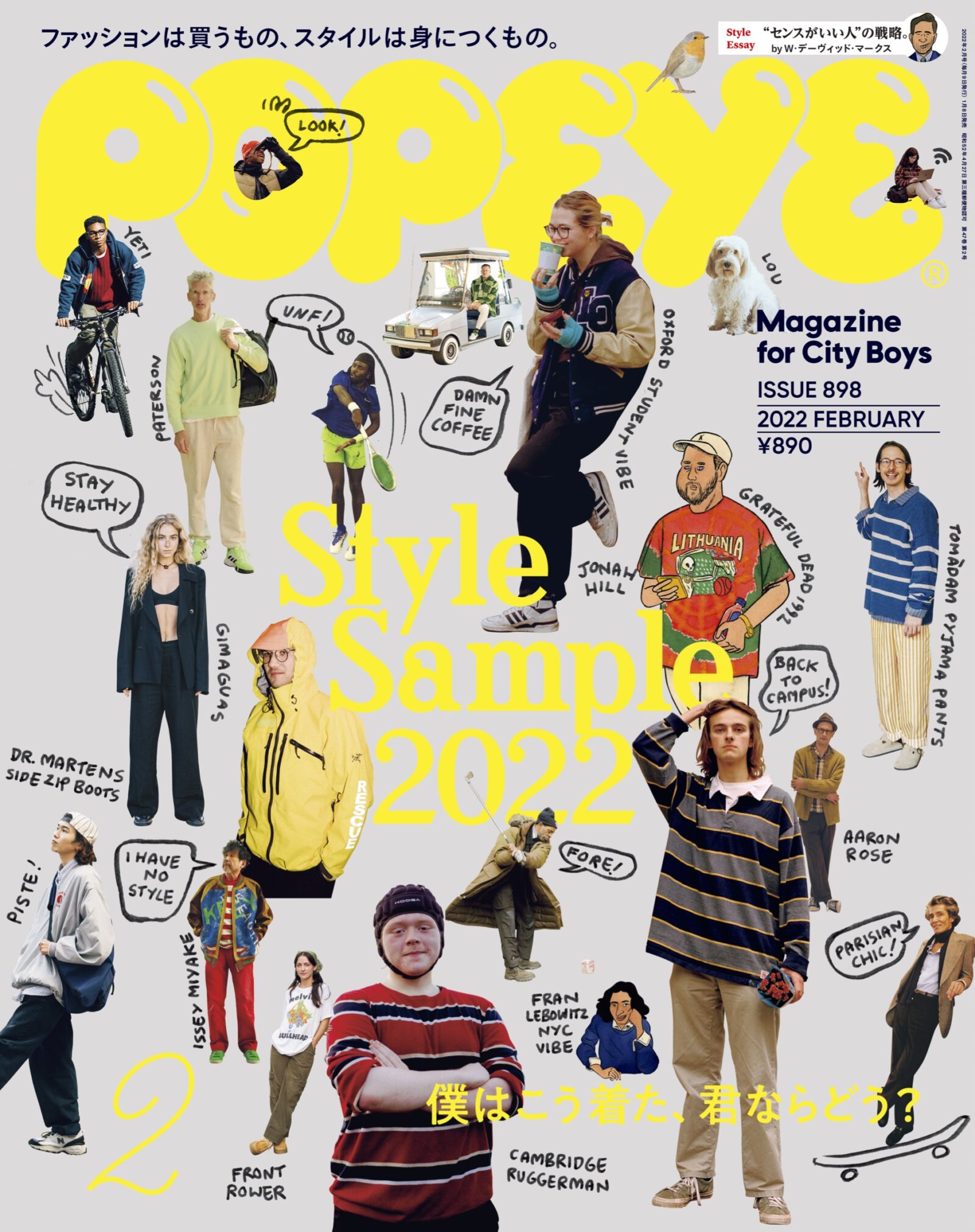ファッション
STRATEGIES FOR STYLE/Jirō Shirasu
text: W. David Marx
2022年1月30日
text: W. David Marx
translation: Rei Murakami (Alt Japan)
illustration: Dick Carroll
In the February 2022 issue of Popeye, W. David Marx wrote an article entitled “STRATEGIES FOR STYLE “ which introduced seven style icons and their particular strategies for achieving “good” taste. In this special bilingual version of the article, we introduce three of the style icons.

AUTHENTICITY
Jirō Shirasu may be more famous today for his personal style rather than his life accomplishments. Born in the late Meiji Era in Hyogo Prefecture, Shirasu grew up in a family with roots in the gentry of the Sanda Domain. There were many wealthy families in Japan at the time, but the Shirasu clan was particularly advanced in adopting foreign culture. His father had an American tutor and studied at Harvard. Young Jirō also learned English, but more than that, he lived like an American. He drove around Kobe in his own Paige Automobiles convertible. He later spent many years at Cambridge University, rubbing elbows with British aristocrats and joyriding the world’s most famous cars. Thanks to strong relationships across business and politics, he went on to play a pivotal role in the Occupation of Japan and helped create long-lasting bonds between the U.S. and Japan.

A crucial detail ingredient for Jirō Shirasu’s personal style is the fact he looked fantastic in a three-piece suit (many of which came from Savile Row tailor, Henry Poole & Co.) Suits worked well for Shirasu, both as a debonair young man and as an elder statesman. Everything seems perfect in his old photos: His gray hair slicked back, a crisp white shirt, a bold necktie, classic leather shoes, a dark overcoat. He also looked great in his moments “off” the job. Perhaps the most famous photo of Shirasu dates from 1950, where he’s lounging in a white T-shirt and selvedge Levi’s 501s, smoking a cigarette after working on his car.
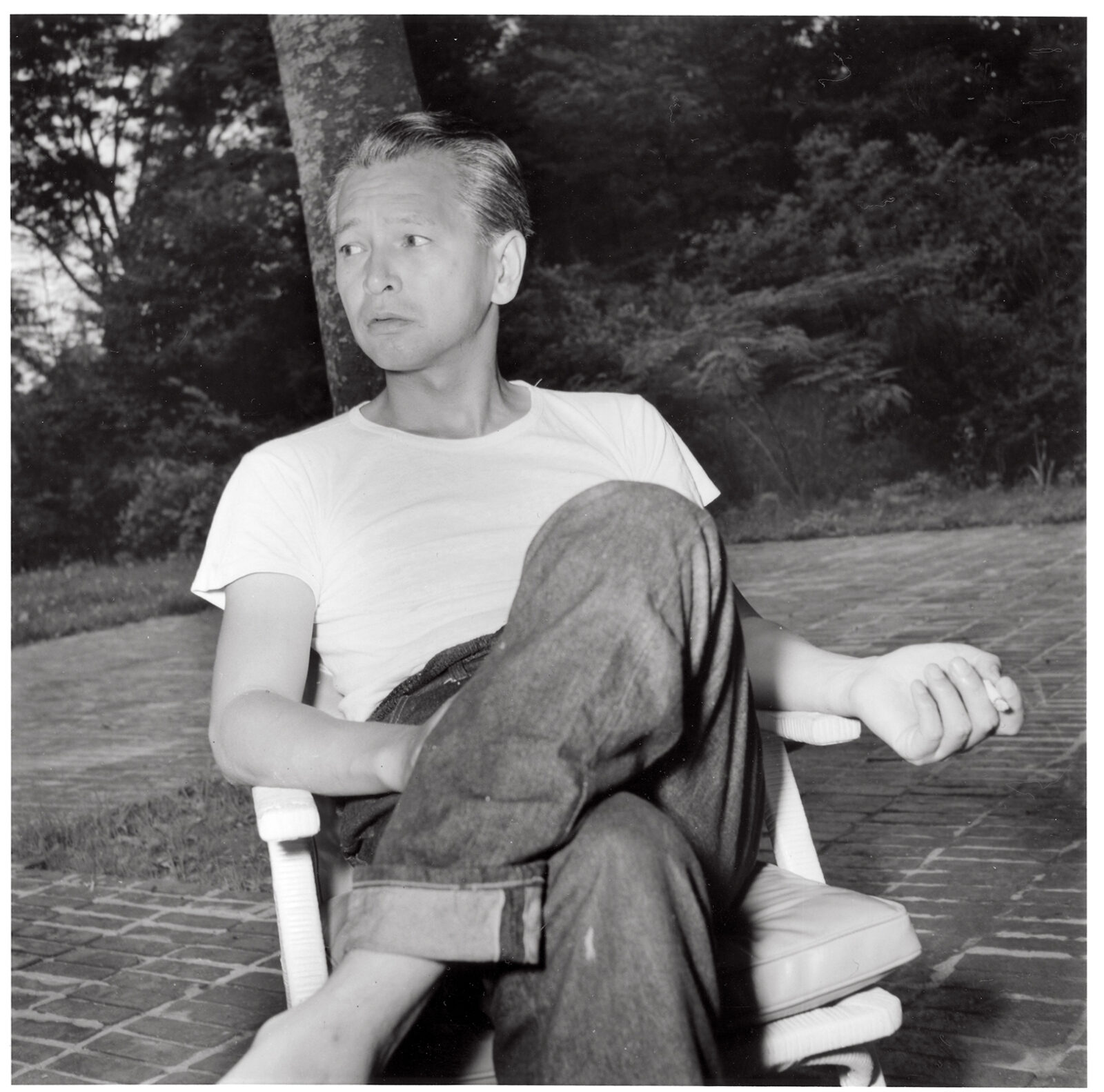
Whether dressed up or down, Shirasu’s secret to style is his authenticity. There is no ostentation or performance. He doesn’t even look like he’s trying to dress up. Shirasu simply wore the clothes that best reflected his lifestyle. His three-piece Savile Row suits represent his time in England, and his casual style reflected his passion for fixing cars. He may look like he’s copying James Dean by wearing a white T-shirt and jeans, but the photo dates from years before Dean became a movie star.
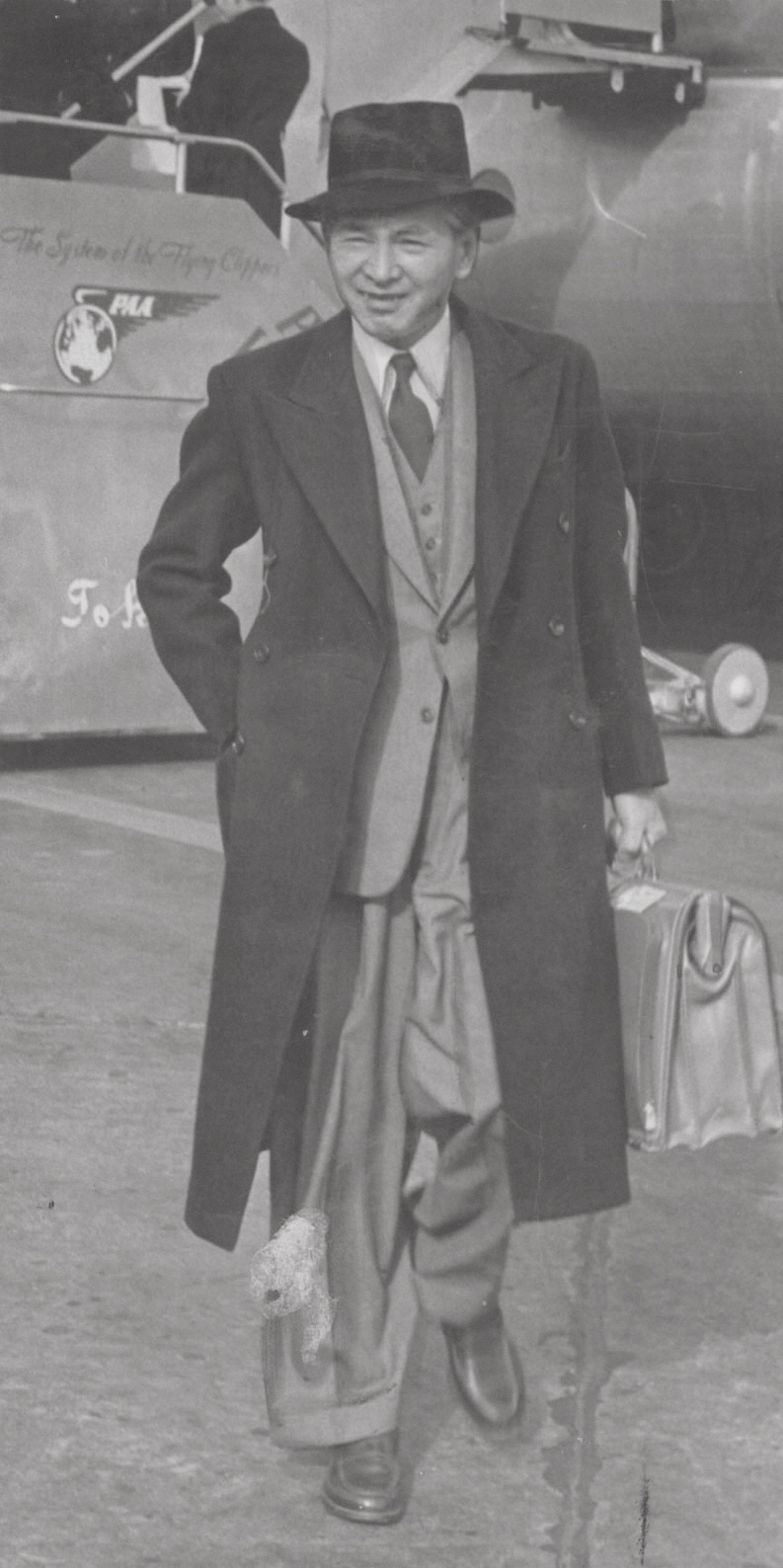
©️The Mainichi Newspapers Co.,Ltd /Aflo
Few of us can live Shirasu’s life, but we can learn from his style. What is more important than the clothes you wear is your comfort in wearing those clothes. This requires being comfortable with who you are and dressing in a way that reflects your real lifestyle. Skaters look great in skate clothes, young salarymen can look sharp in serious suits. To aim for authentic style means learning who you are: where you’ve come from, where you are now, and where you’re going. We can always steal a few fits from Shirasu, but the better thing to steal is his self-confidence.
PROFILE
Jirō Shirasu
Diplomat and businessman. 1902-1985. Born in Hyogo Prefecture, he moved to England at the age of 17 to study at Cambridge University. After returning to Japan, he worked as a reporter for an English-language newspaper and then for a trading company before moving to Tsurukawa Village in Tokyo in 1968 to work as a farmer. After the war, he was invited by Prime Minister Shigeru Yoshida to negotiate with the GHQ and was involved in the enactment of the Japanese Constitution.
AUTHOR’S PROFILE
W. David Marx
W. David Marx is a Tokyo-based writer. Born in Oklahoma, USA, and raised in Florida, he studied Japanese culture and society in college and later received his Master’s in consumer behavior from Keio University. His book on the history of Japanese menswear, “AMETORA: How Japan Saved American Style”, was published in the U.S. in 2015, and has sold over 50,000 copies worldwide. His new book, Status and Culture, will arrive from Viking Books in Late Summer 2022.
ピックアップ
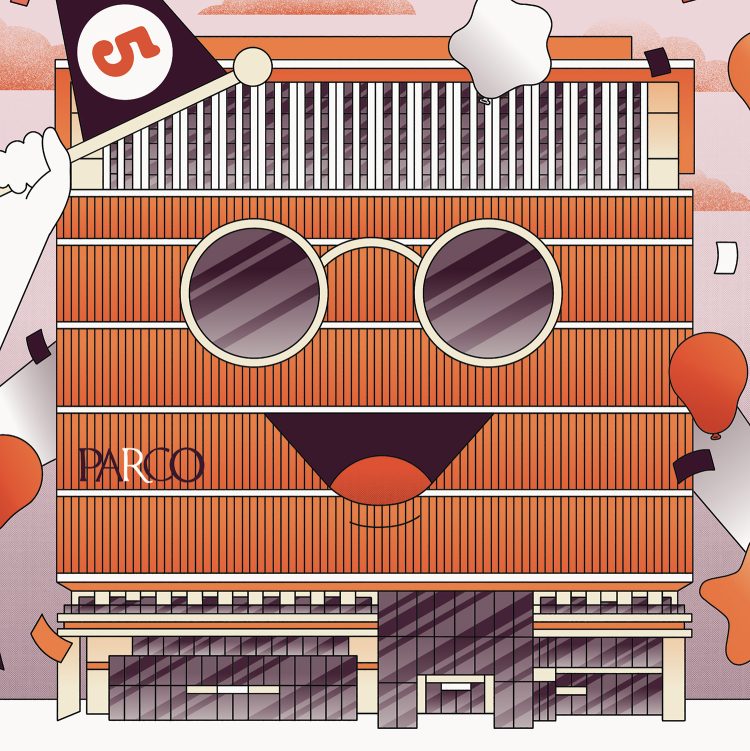
PROMOTION
11月、心斎橋パルコが5周年を迎えるってよ。
PARCO
2025年11月10日
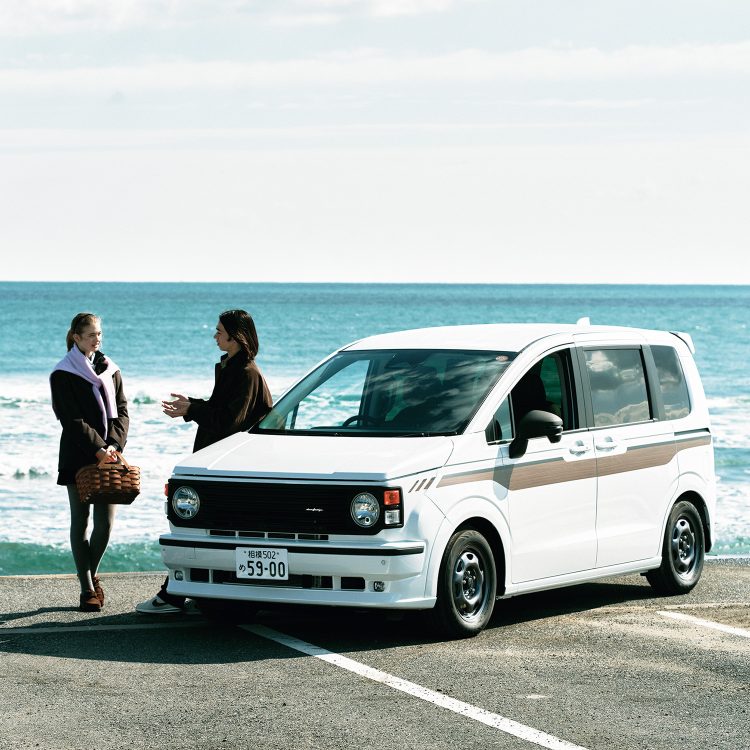
PROMOTION
〈ダムド〉のコンプリートカーで真冬の海を二人占め。
DAMD
2025年12月9日
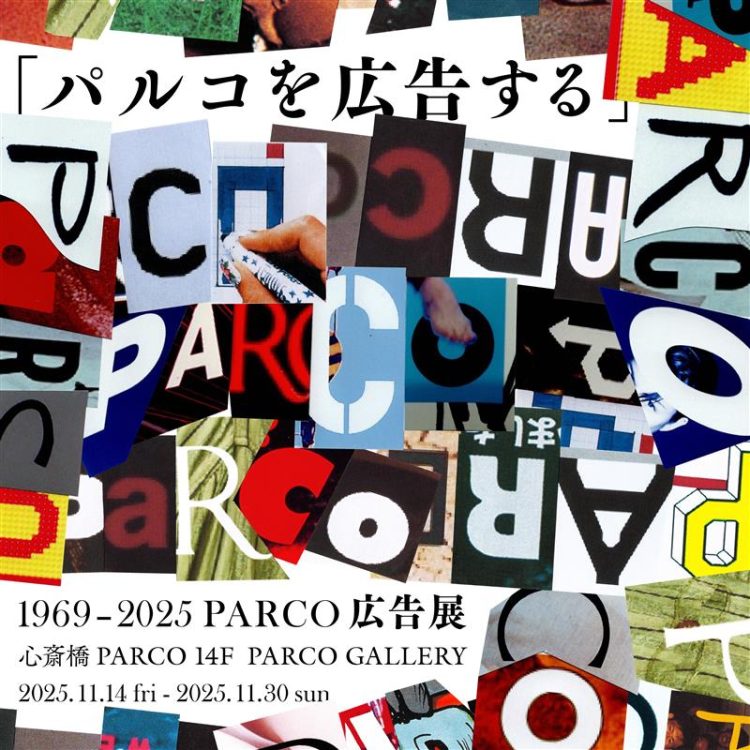
PROMOTION
心斎橋PARCOでパルコの広告を一気に振り返ろう。
「パルコを広告する」1969-2025 PARCO広告展
2025年11月13日

PROMOTION
新しい〈シトロエン〉C3に乗って、手土産の調達へ。
レトロでポップな顔をした、毎日の相棒。
2025年11月11日
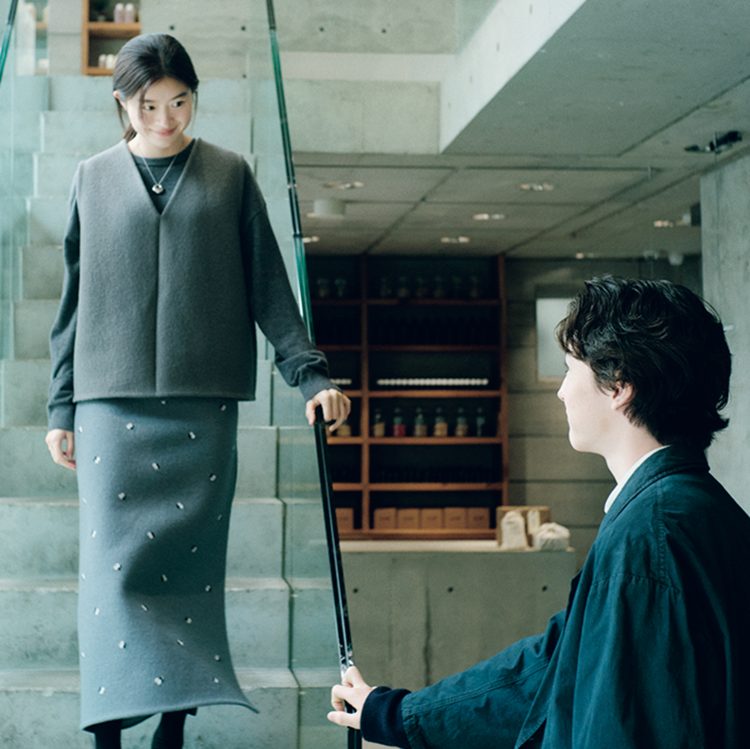
ファッション
今日は〈ル ラボ〉で待ち合わせ。
LE LABO
2025年12月9日
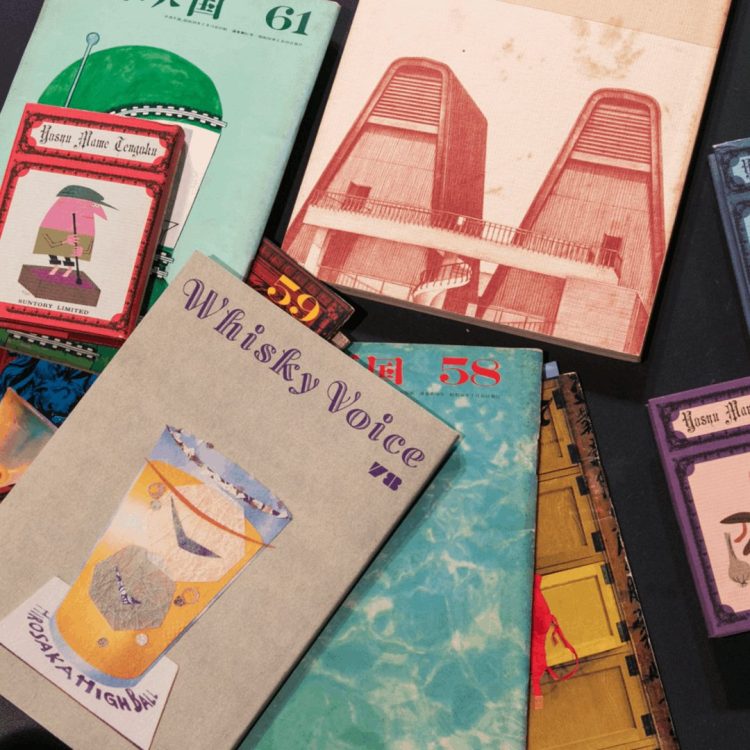
PROMOTION
「伝説の広報誌『洋酒天国』を語る夜」レポート。
NORMEL TIMES
2025年12月8日

PROMOTION
〈チューダー〉の時計と、片岡千之助の静かな対話。
Finding a New Pace feat. Sennosuke Kataoka
2025年11月28日

PROMOTION
〈バルミューダ〉のギフト、ふたりのホリデー。この冬に贈るもの、決めた?
BALMUDA
2025年11月21日

PROMOTION
〈ガンゾ〉今年のクリスマスには財布を贈ろう。
GANZO
2025年12月9日
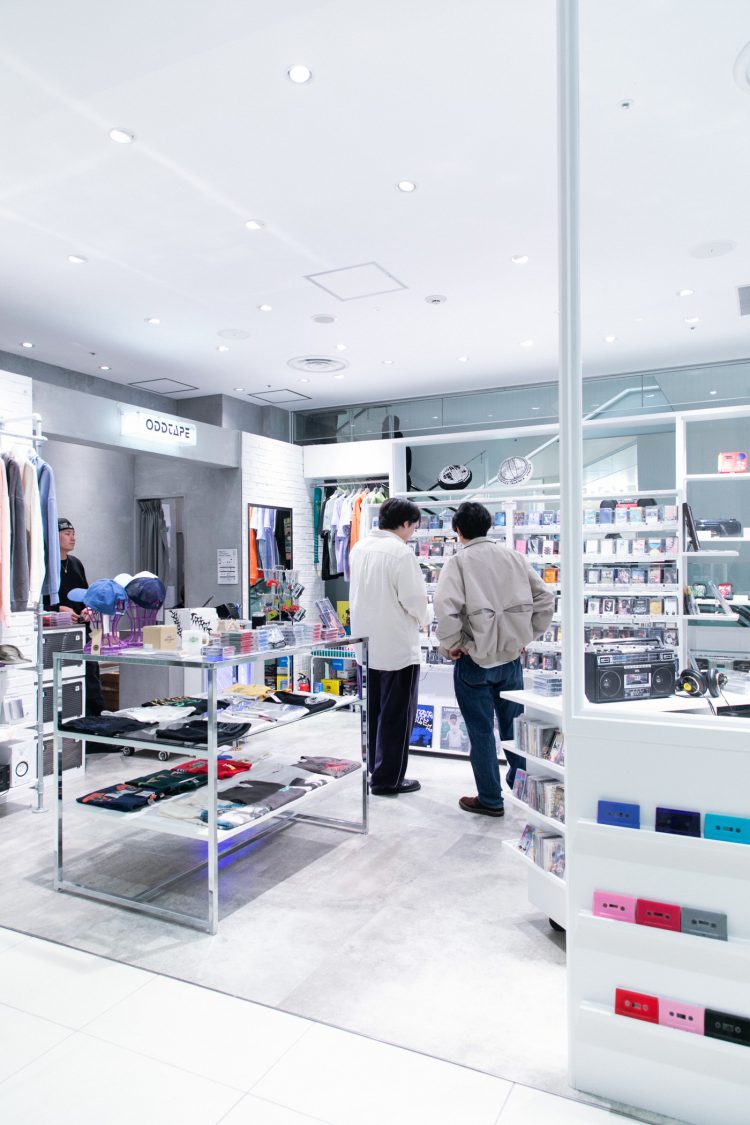
PROMOTION
6周年を迎えた『渋谷パルコ』を散策してきた!
SHIBUYA PARCO
2025年11月22日

PROMOTION
レゴ®ブロックの遊び心でホリデーシーズンを彩ろう。
レゴジャパン
2025年11月28日

PROMOTION
紳士の身だしなみに、〈パナソニック〉のボディトリマーを。
Panasonic
2025年12月3日
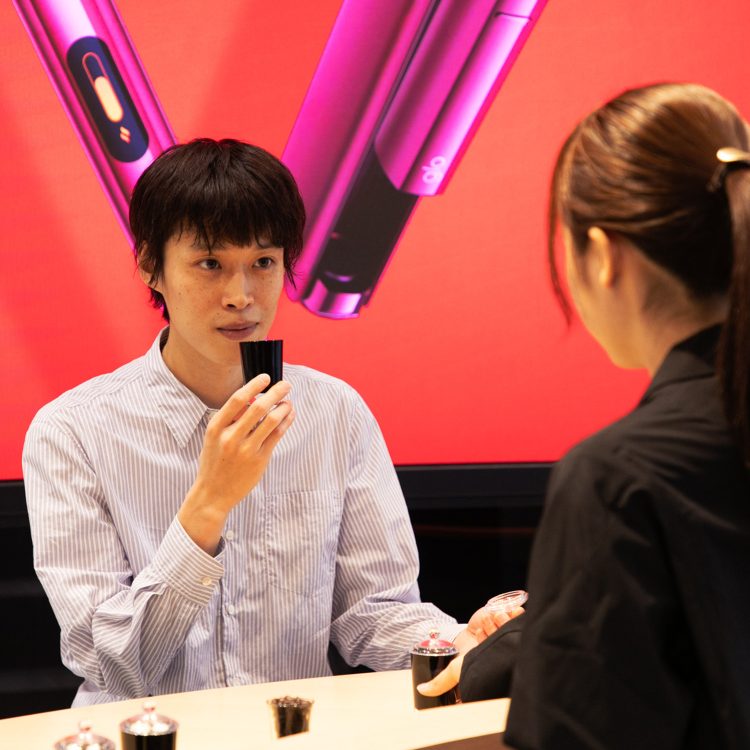
PROMOTION
〈glo™〉の旗艦店が銀座にオープン! 大人への一歩はここからはじめよう。
2025年12月4日
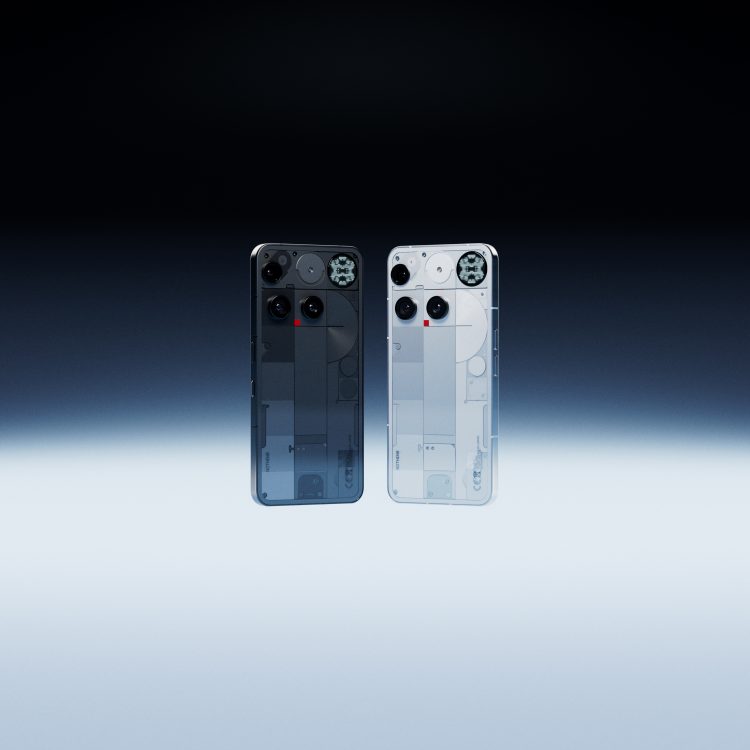
PROMOTION
ロンドン発 Nothing のPhone (3)は新しいスマホの最適解。
Rakuten Mobile
2025年12月1日

